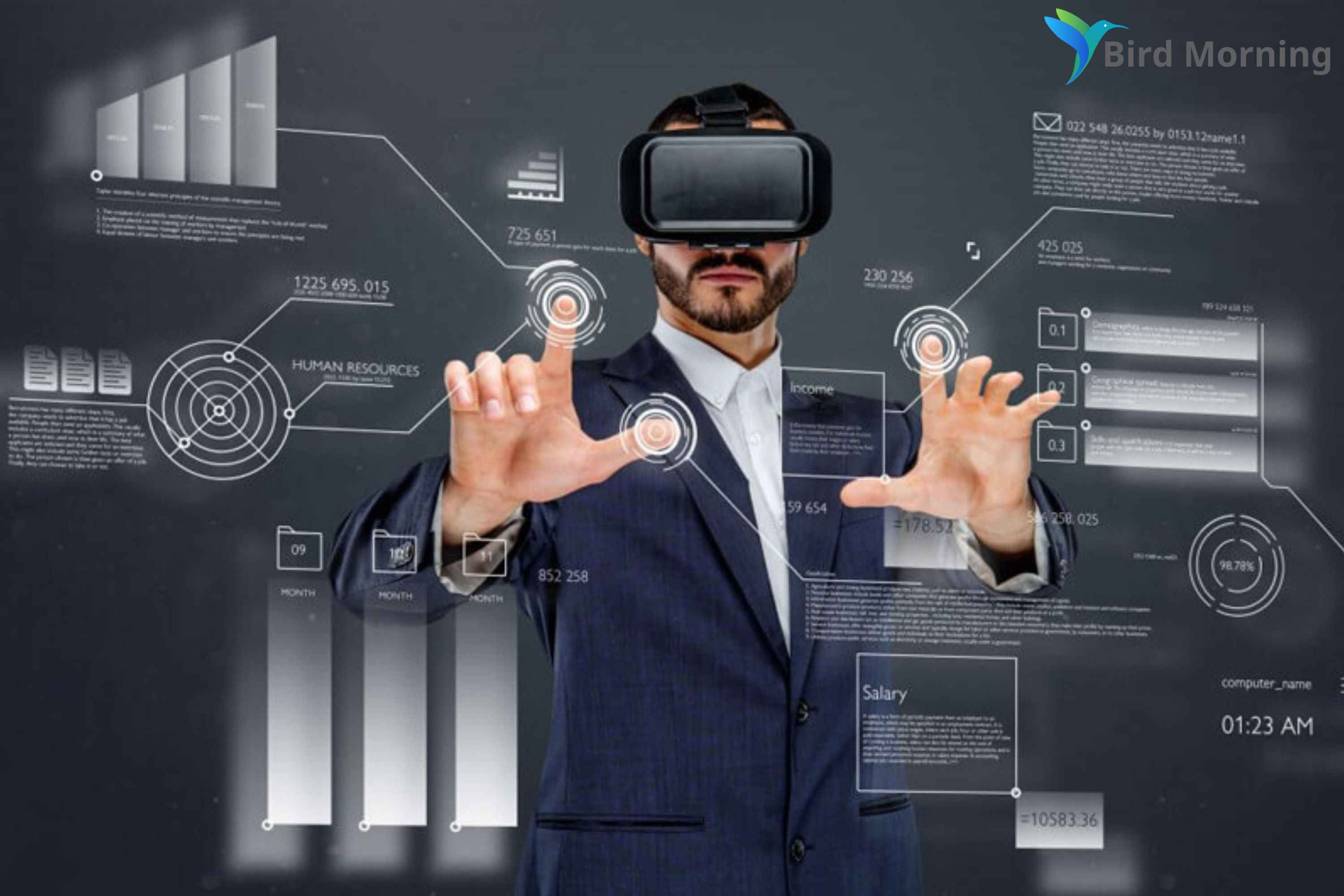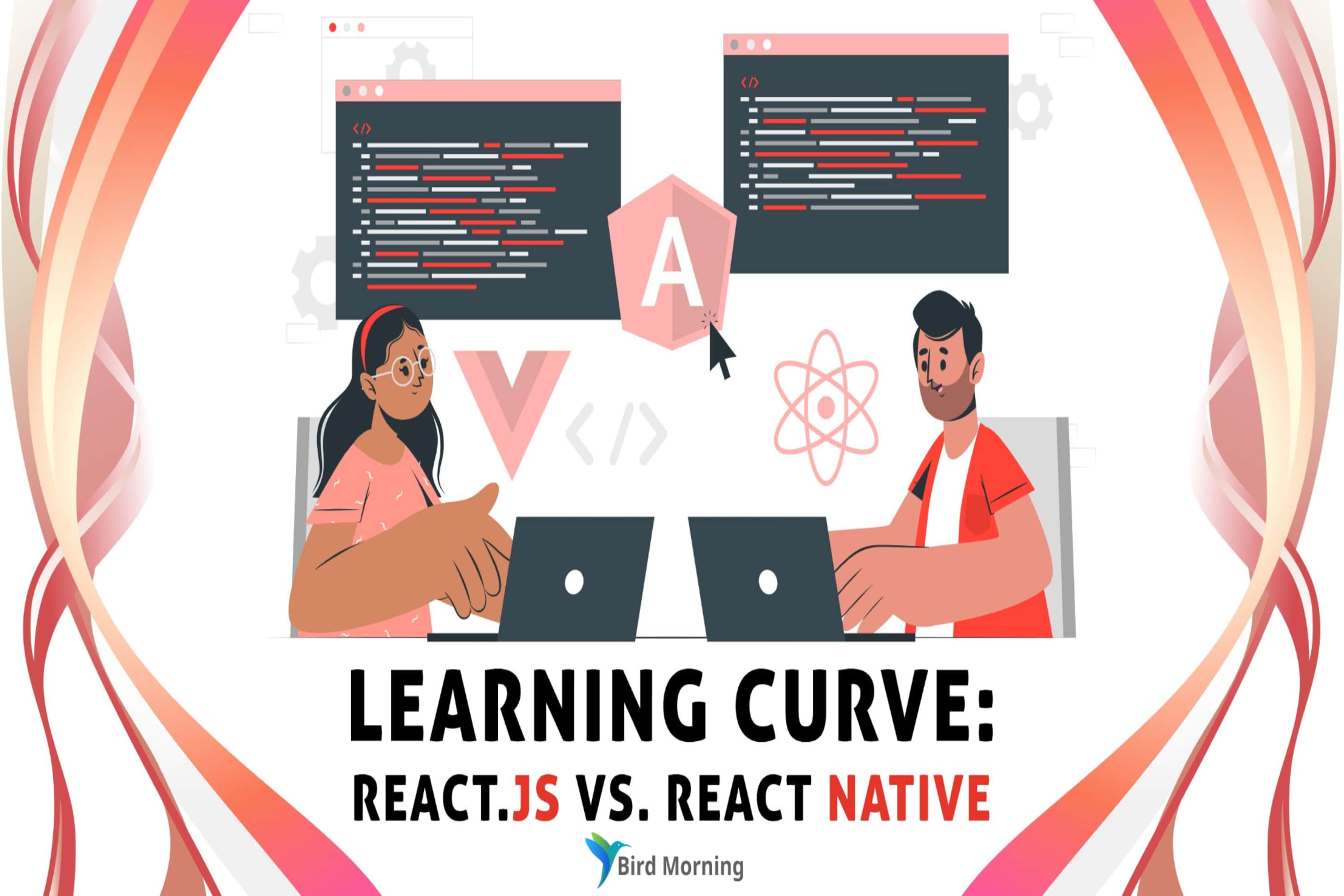How AR and VR Will Empower Businesses in the Future?

As we step into the future, something cool is happening: the digital and physical worlds are merging. Technologies called Augmented Reality (AR) and Virtual Reality (VR) are leading the way, changing how businesses work and connect with their customers.
In this fast-paced world, businesses need to stay ahead and embrace the AR VR business model. These amazing technologies offer special chances to make customers happier, make work more efficient, and find new ways to grow. By using the AR VR business model, businesses can overcome old limits and find success in the digital world.
In this blog post, we will explore the many benefits of AR and VR in business in the coming years and How important are benefits. Let's discover the incredible possibilities of AR and VR that are just around the corner!
How will AR and VR change the world - AR and VR benefits:
Enhanced Customer Experiences:
Customers may have interactive and immersive experiences thanks to AR and VR. Through AR marketing, businesses can overlay virtual elements in the real world, allowing customers to visualize products in their environment before making a purchase. This boosts confidence and helps customers make more informed buying decisions.
VR, on the other hand, can transport customers to virtual environments where they can explore products or services in a highly realistic and engaging manner. These enhanced experiences not only captivate customers but also foster stronger brand connections and increase customer satisfaction.
Improved Training and Education:
AR and VR have significant potential in the training and education space. By creating simulated environments and scenarios, businesses can provide employees with realistic training experiences, reducing the need for costly physical setups. VR can be particularly beneficial in industries such as healthcare and manufacturing, where hands-on training is crucial.
Employees can practice complex procedures or tasks in a safe and controlled virtual environment, leading to increased proficiency and reduced risks. Additionally, educational institutions can leverage AR and VR to create interactive learning experiences, making complex concepts more accessible and engaging for students.
Streamlined Design and Prototyping:
AR and VR offer invaluable tools for design and prototyping processes. With AR, designers can visualize and manipulate 3D models in real-world settings, allowing for better design evaluation and collaboration. This technology enables businesses to make more informed decisions, identify potential design flaws, and iterate designs more efficiently.
VR takes this a step further by creating immersive environments where designers can experience and interact with virtual prototypes, providing a realistic sense of scale and functionality. This streamlines the design process, accelerates time-to-market, and reduces costs associated with physical prototypes.
Remote Collaboration and Communication:
AR and VR can bridge the gap between remote teams, enabling seamless collaboration and communication. With virtual meeting spaces, team members from different locations can come together in a shared virtual environment, interacting as if they were physically present. This enhances productivity, fosters creativity, and reduces travel costs.
AR can also facilitate remote assistance by overlaying instructions or annotations onto real-world objects, enabling experts to guide on-site personnel or customers through complex procedures, repairs, or installations.
Marketing and Branding Opportunities:
AR and VR provide exciting avenues for businesses to create unique marketing experiences and build brand engagement. Brands can develop interactive AR campaigns that allow customers to scan products or advertisements with their smartphones to unlock additional content, promotions, or immersive experiences.
VR can be utilized to transport customers to virtual brand experiences, events, or virtual tours, enhancing brand storytelling and leaving a lasting impression. These innovative marketing approaches differentiate businesses from their competitors, driving customer interest and loyalty.
Bottom line:
It's clear that AR and VR will play integral roles in shaping the future of businesses. By embracing AR and VR, businesses can improve their operations, engage with customers on a deeper level, and stay at the forefront of innovation. The time to explore the potential of AR and VR is now.





